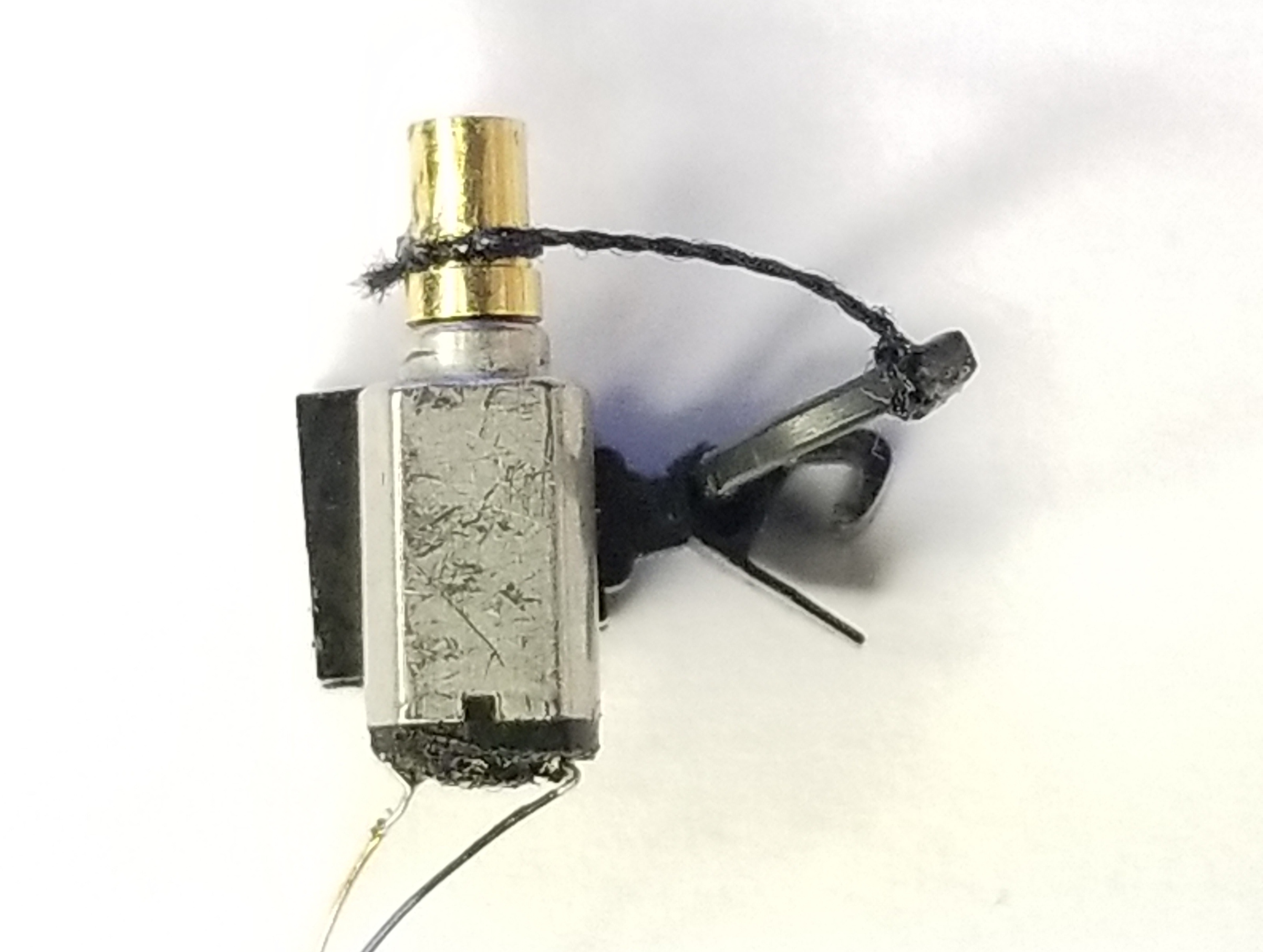DCC Uncoupler Conversion Kit (O scale)
Here's the long awaited O scale solution to remotely uncouple model couplers (Kadee) anywhere on your layout via DCC, independent of any track-side uncoupler!
Upgrade your existing couplers with remote control
Our conversion uses micro motors to operate the knuckle. They are so small (6x12mm / 0.24"x0.48") that they can be mounted under the coupler's gearbox, often totally invisible. They are attached to the coupler's knuckle by a thin thread which pulls it to "open" position when operated, allowing the loco to back away from the wagons. When the actuator is released, the knuckle swings back to its normal position and is ready to couple again.
There's no need to replace or alter the existing coupler: Just tie the supplied thread to the knuckle - it can be easily removed if required.
Run multiple unit configurations as you like
Because the original coupler is not modified, it remains 100% standard compatible and works as great as it did before. That's why you can freely mix of converted and standard couplers.
Works with most pre-installed decoders
The coupler's actuators can be attached to any function output on your decoder, provided they can supply about 150mA current. Both ends of the loco can be switched simultaneously using a single function output in a series configuration, but you can of course connect each coupler to a separate output to control them independently.
Please note: Due to their size, the actuators can handle short-term operation only (about 5-10 seconds) and may overheat when actuated longer. It is therefore strongly recommended to configure the decoder accordingly in order to prevent damaging the actuators.
{flike}
| Buy now >> | Installation Manual |
















